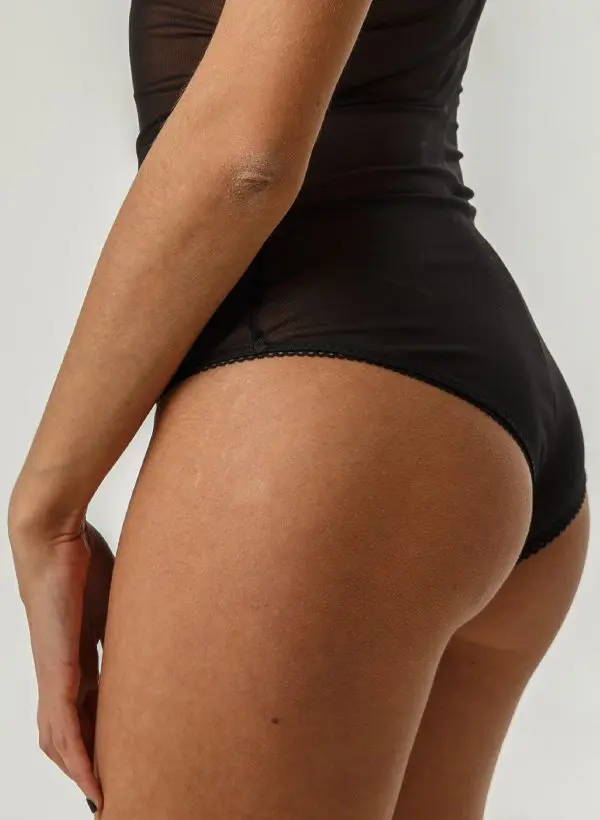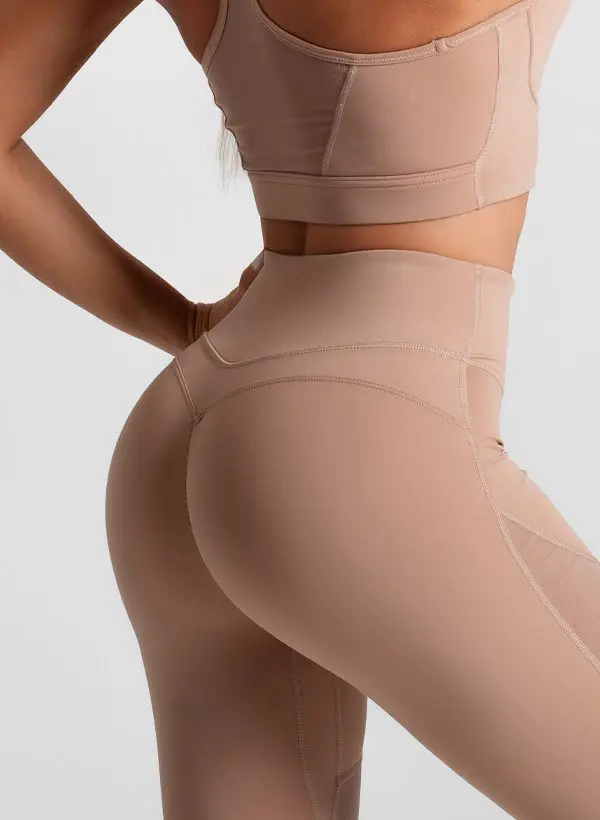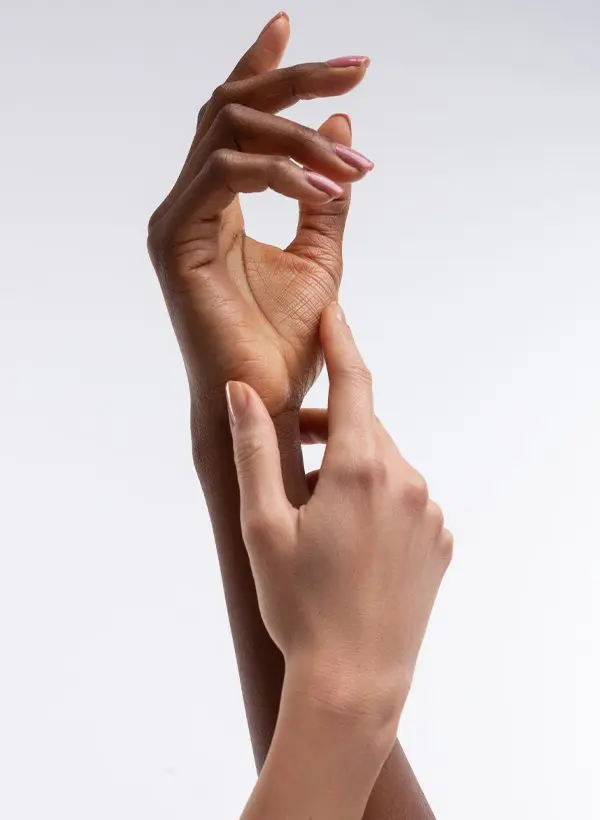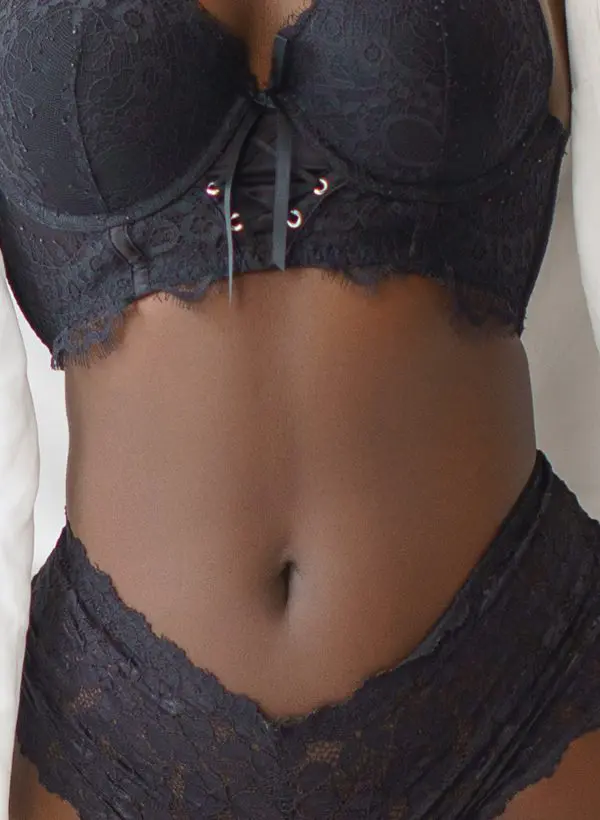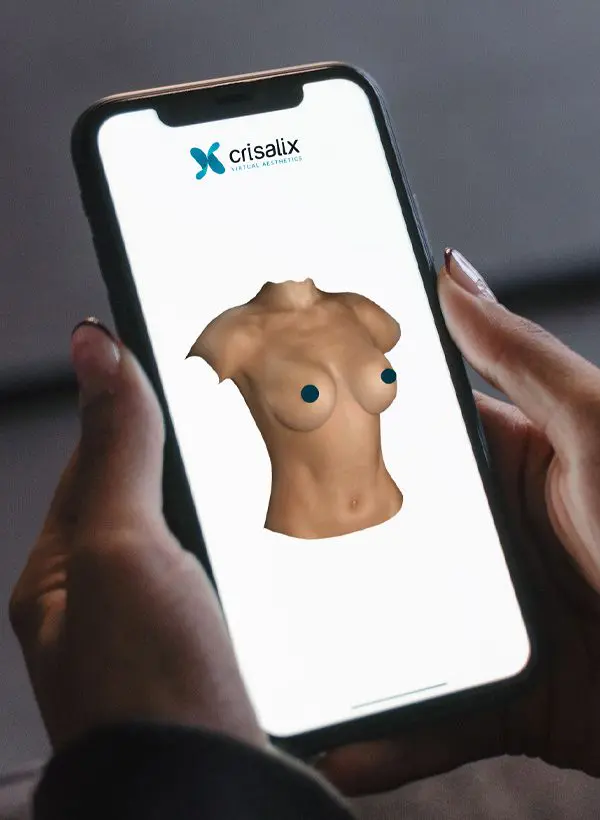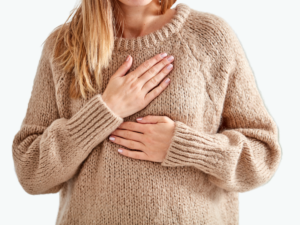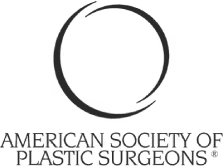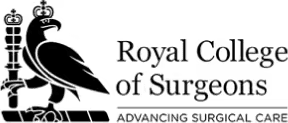Treatments — body
Arm Lift in Dubai
Arm Lift In Dubai, also known as Brachioplasty, is a cosmetic surgery procedure designed to reduce excess skin and fat around the upper arms. This surgery can be very effective in restoring a youthful look to the arms while also achieving a more toned and contoured appearance.
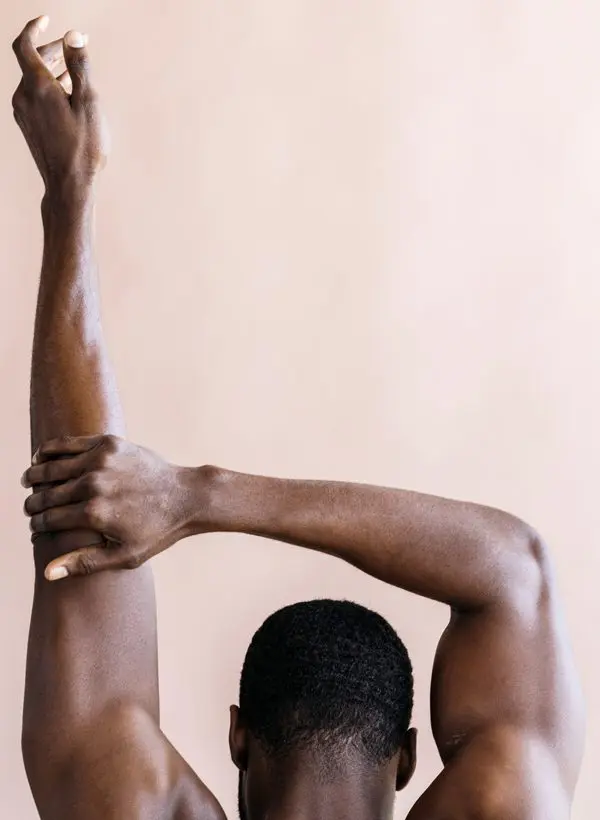
Overview of Arm Lift Dubai
When considering an arm lift in Dubai, it’s crucial to choose a qualified and experienced plastic surgeon. Dr. Faisal Salim is renowned as one of the best plastic surgeons in Dubai. Ensure that your surgeon is board-certified, has extensive experience with the arm lift procedure, and stays current with the latest techniques. Reviewing their before-and-after photos and reading patient testimonials will help you gauge their ability to deliver high-quality results. Discussing your expectations and goals with the surgeon is essential to ensure alignment and achieve the desired outcome.
What is an Arm Lift in Dubai?
Arm lift in Dubai, also known as brachioplasty, is a cosmetic procedure aimed at reducing excess skin and fat around the upper arms. This surgery helps restore a youthful appearance and achieve a more toned and contoured look. It’s particularly effective for patients who have experienced significant weight loss or aging-related changes in body shape.
Consultation and Procedure
The first step to determine if arm lift in Dubai is right for you is to consult with a board-certified plastic surgeon. Dr. Faisal Salim, known for his expertise in various cosmetic surgeries in Dubai like breast augmentation, facelift, and breast lift, will assess your physical health, medical history, and aesthetic goals to see if you’re a suitable candidate. He will discuss the potential risks, benefits, and arm lift recovery timeline with you.
The Arm Lift Procedure
Arm lift surgery is typically performed under general anesthesia and usually takes between two to three hours. During the procedure, an incision is made along the inside or back of the upper arm. Excess skin and fat are removed, and the remaining skin is tightened and reshaped.
Arm Lift Recovery
After the arm lift procedure, patients might experience some discomfort, swelling, and bruising. Compression garments and bandages may be used to reduce swelling and support the area. Most patients can resume normal activities within about two weeks, though strenuous exercise should be avoided for at least four weeks.
How to choose the Best Surgeon for Arm Lift in Dubai
Arm lift recovery can effectively restore a youthful and toned appearance to the upper arms. Selecting a board-certified plastic surgeon like Dr. Faisal Salim, who has experience in various cosmetic surgeries, including breast augmentation, breast lift, and facelift surgery ensures the best possible outcome. Discussing your goals and expectations with your surgeon is essential to achieving your desired results and addressing concerns like arm lift scars
FAQ's
Arm Lift Surgery is typically recommended for patients who have lost a significant amount of weight, or those who have experienced a dramatic change in body shape due to aging. It is important to consult with a board certified plastic surgeon prior to the procedure to determine if you are a suitable candidate.
Arm Lift Surgery is typically performed under general anaesthesia, and the procedure itself usually takes between two to three hours. During the procedure, the surgeon will make an incision along the inside of the upper arm, or in some cases, along the back of the arm. The excess skin and fat will then be removed, and the remaining skin will be tightened and reshaped to create a more toned and contoured appearance.
Arm Lift Surgery typically involves the removal of excess skin and fat in the upper arm area. If a significant amount of fat is present, liposuction may be used in combination with the procedure to achieve the desired results.
Most patients are able to return to their normal activities within around two weeks, although strenuous exercise should be avoided for at least four weeks post surgery. Compression garments and bandages may be worn to reduce swelling and support the area.
It is important to wait at least four weeks post surgery before beginning any strenuous exercise. Your surgeon will be able to provide you with specific instructions for when it is safe to resume your exercise routine.
At a Glance
At a Glance
Duration
2 Hours
Anaesthetic
General
Overnight Stay
0 Days
Return to work
7 Days
Return to exercise
6 Weeks
Final result
6 Months

Related Treatments
Patient Testimonials
News & Resources

Wrinkles on face? Signs you may need a facelift
BREAST LIFT Wrinkles on face? Signs you may need a facelift Looking older than you feel? Your face might be trying to tell you something. Fine lines, deep creases, sagging skin—these are all types of wrinkles on face, and while they’re a natural part of aging, they don’t always match
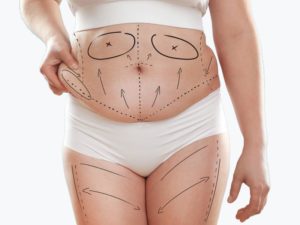
Abdominoplasty vs Tummy Tuck: Is There Any Difference?
Abdominoplasty Abdominoplasty vs Tummy Tuck: Is There Any Difference? Tummy Tuck or Abdominoplasty – Same Goal, Two Names. Let’s Break It Down! If you’ve been exploring ways to achieve a flatter, firmer abdomen—especially after weight loss, pregnancy, or simply due to aging—you’ve likely come across the differences between Abdominoplasty vs
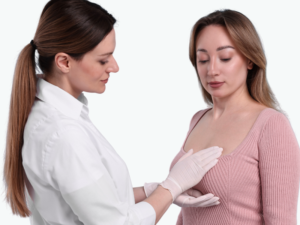
Breast Implants vs. Fat Transfer: Which is Right for You?
BREAST LIFT Breast Implants vs. Fat Transfer: Which is Right for You? Breast implants vs. fat transfer: Which is right for you? When it comes to enhancing the shape and size of your breasts, there are several options available. Two of the most popular choices are breast implants and fat


